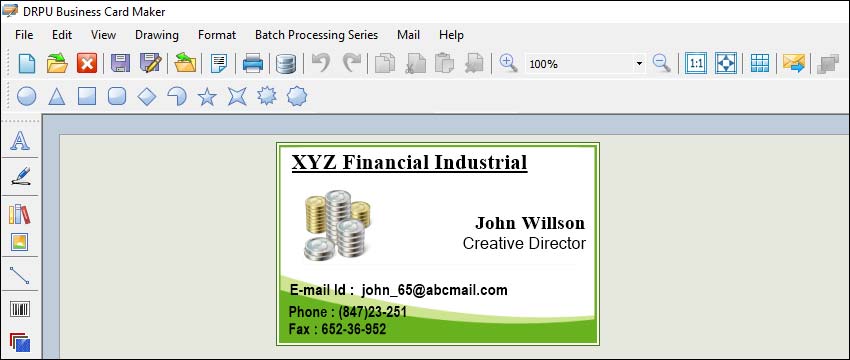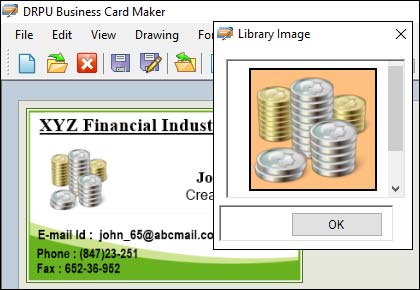Choose the Right Business Card Maker Software

-
Features: Look for a software that has the features you need to create an interactive business card design. Some software may offer animation and sound effects while others may not.
-
Ease of use: Choose a software that is easy to use and has an intuitive interface. You do not want to spend hours learning how to use the software when you could be designing your business card.
-
Customization options: Look for a software that allows you to customize your design and has a wide range of templates, fonts, and graphics to choose from.
-
Compatibility: Make sure that the software you choose is compatible with your computer's operating system and any other software you plan to use, such as design software or printing software.
-
Cost: Consider the cost of the software and make sure it fits within your budget. Some software may be more expensive than others, but may offer more features and customization options.
Conclusion: Some popular business card maker software options include Canva, Adobe Spark, Vistaprint, Moo, and Zazzle. Each of these software options offers a variety of features and customization options, so it's important to choose the one that best fits your needs and budget.
Best Practices for Creating Interactive Business Card Designs
Creating an interactive business card can be a great way to stand out from the competition, capture the attention of potential clients or partners, and leave a lasting impression. With the advancements in technology and the availability of various business card maker software, it has become easier than ever to create interactive business card designs with animation and sound effects. Best practices for creating interactive business cards using business card maker software:-
-
Keep it Simple and Professional:
When creating an interactive business card design, it is essential to keep the design simple, professional, and easy to understand. While adding animations and sound effects can make your card more interesting, it can also make it overwhelming and confusing if done incorrectly. Therefore, it is important to strike the right balance between creativity and professionalism.
-
Use Animations to Highlight Key Information:
One of the best ways to use animations on your business card is to highlight key information such as your name, title, and contact details. For example, you can animate your name to appear gradually or add a subtle animation to your logo. However, it is essential to ensure that the animation is not too distracting and does not interfere with the legibility of the text.
-
Use Sound Effects Sparingly:
While adding sound effects to your business card can be a unique touch, it is crucial to use them sparingly and only when it makes sense. For example, you can add a subtle sound effect when your logo appears or when the user clicks on a specific area of the card. However, it is essential to ensure that the sound effect is not too loud or annoying as it can have the opposite effect of what you intend.
-
Consider the User Experience:
When designing an interactive business card, it is crucial to consider the user experience. Make sure that the animation and sound effects are not too slow or too fast as it can make the user feel uncomfortable or frustrated. Also, make sure that the interactive elements are easy to use and navigate.
-
Test Your Design:
Before finalizing your interactive business card design, it is essential to test it on different devices and platforms. This will ensure that your design works correctly on all platforms and devices and that the animation and sound effects are not too heavy or slow down the user experience.
-
Use High-Quality Graphics:
When designing an interactive business card, it is essential to use high-quality graphics and animations. Low-quality graphics can make your card look unprofessional and can negatively impact the user experience. Therefore, it is important to use high-quality graphics and animations that are optimized for the web and mobile devices.
-
Keep the File Size Small:
When designing an interactive business card, it is crucial to keep the file size small. This will ensure that your card loads quickly and does not slow down the user experience. Therefore, it is essential to optimize your graphics and animations for the web and mobile devices and to compress your files before uploading them.
-
Provide a Fallback Option:
While interactive business cards can be a great way to stand out, it is important to provide a fallback option for users who cannot access the interactive features. For example, you can include a QR code that links to your website or a PDF version of your business card that users can download.
-
Keep it Consistent with Your Branding:
When designing an interactive business card, it is important to keep it consistent with your branding. Make sure that your business card design reflects your brand's values and messaging and that the color scheme and typography are consistent with your other marketing materials.
